Dasghara – A Mughal-era temple, terracotta work & a colonial garden
A Mughal-era temple with intricate terracotta work and a colonial garden complete with marble statues are the twin attractions in this speck on the edge of the Hooghly map.
The history of Dasghara, located 12km north of the temple town of Tarakeswar, dates back to the early 18th century, when the Gopinath temple, the oldest structure standing in these parts, came up.
The edifice with five pinnacles, built by Sadananda Biswas of the local zamindar family, and some of its remarkable terracotta panels are in good condition. Once, three sides of the temple were adorned with terracotta panels. Sadly, only those in front have survived the stern test of time.
The panels depict in detail scenes from the Ramayana, a royal court, performances by musicians and daily life in the area. Many believe the quality of the work to be among the best in Bengal.
The complex also contains an octagonal rasmancha with slender pillars and nine spires (one each at the eight corners and the centre) and a square dolmancha.
A stone’s throw away is a Durga dalan and the Biswas mansion, which retains only a hint of its former glory.
Dasghara does not owe all its architectural attractions to the Biswas family. The arched gateway, the clock tower and the landscaped gardens were built by Bipinkrishna Roy, who was in the business of loading and unloading ships at the Kolkata port at the turn of the 20th century. Bipinkrishna also built a Shiv temple and a dispensary.
To take a look, retrace your steps along the dirt track that led to the Biswas complex from Biswaspara and take the road on the other side of the main road.
The sight of the clock tower peeking through the trees will soon attract your attention. Within minutes, you will be at its base. The octagonal structure, with a statue on top, has clock dials on four sides and arched windows on the remaining four.
Next to the tower is an arched gate resembling those of the Raj Bhavan. The complex has several other gates crowned with statues of lions.
Walk through to what was a landscaped garden dotted with marble sculptures. Sadly, it is overgrown with weeds and the statues are in a poor condition.
It is appropriate that the hands of clocks on the tower don’t move, for time stands still in the garden.
Its effect is, however, all too visible on Bipinkrishna’s house, though the dispensary runs to this day. The Shiv temple, with its tall pyramidal structure, stands as a mute witness to the glorious days of Dasghara.
If religiously inclined, club the trip with a visit to the Tarakeswar temple.
How to go ?
For the most comfortable journey, you need to take a morning Tarakeswar local from Howrah station. The journey will take over an hour and a half. Next you have to catch a bus to Dasghara. Soon you will be out of the crowded pilgrim town and the fresh air will energise you for the long walk ahead.
In less than half an hour you will be in Dasghara. Getting down at Bazarpara you have to walk down Burdwan Road to Biswaspara.
If driving then you have to take NH 6 and turn left into the Dhaniakhali Connector. Dasghara is around 70km from the city.
Trip tips
Walking is the only option for sight seeing in Dasghara. Eateries are available near Tarakeswar bus stand and station, which serve meals at a reasonable price.

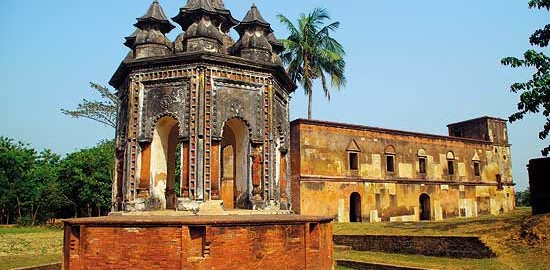
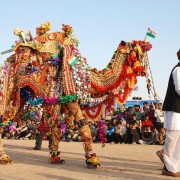
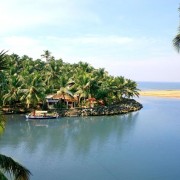
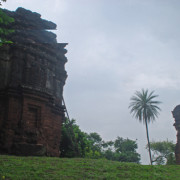
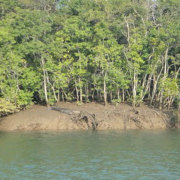
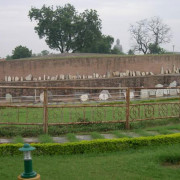
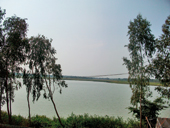
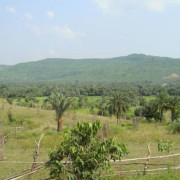
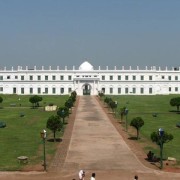


Leave a Reply
Want to join the discussion?Feel free to contribute!